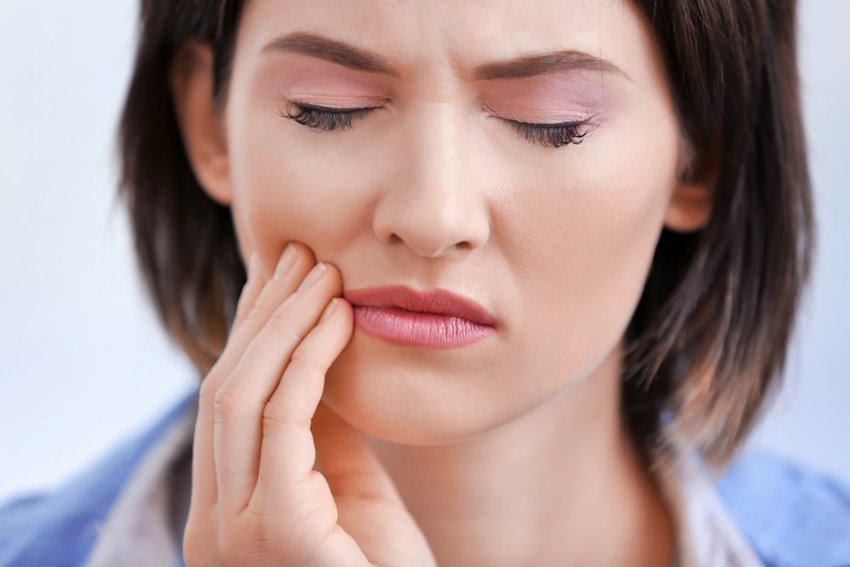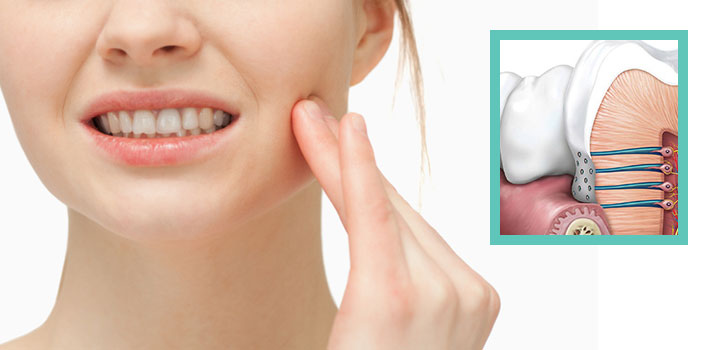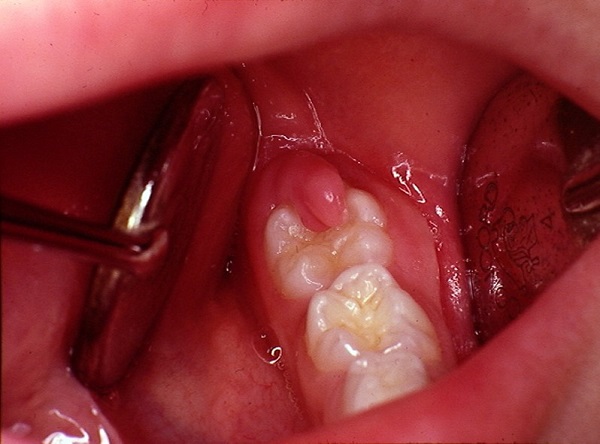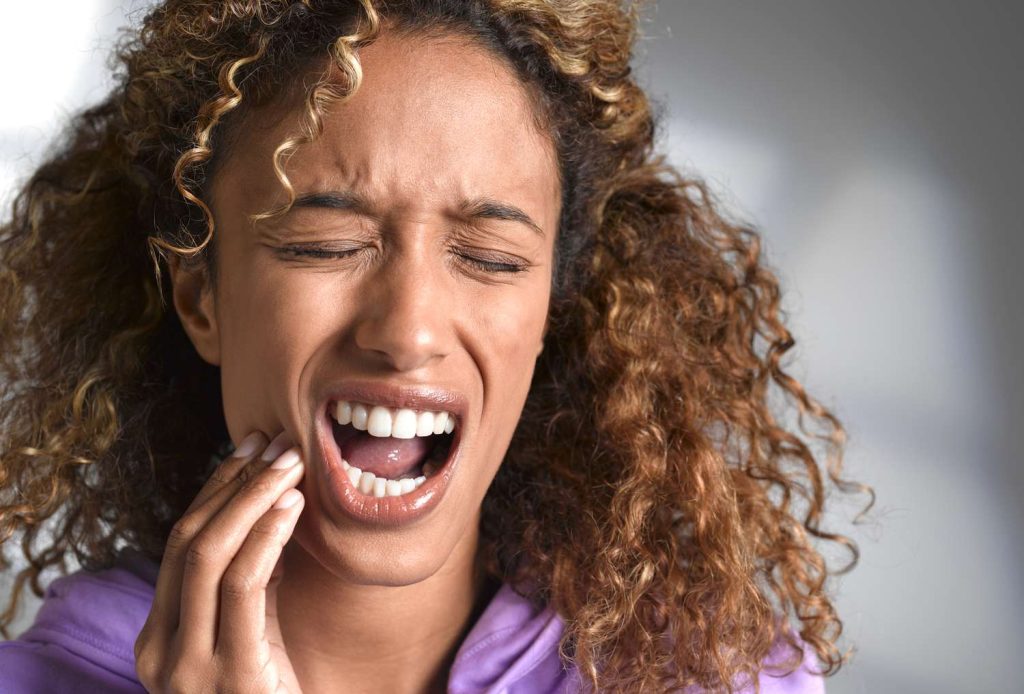back tooth hurts with pressure
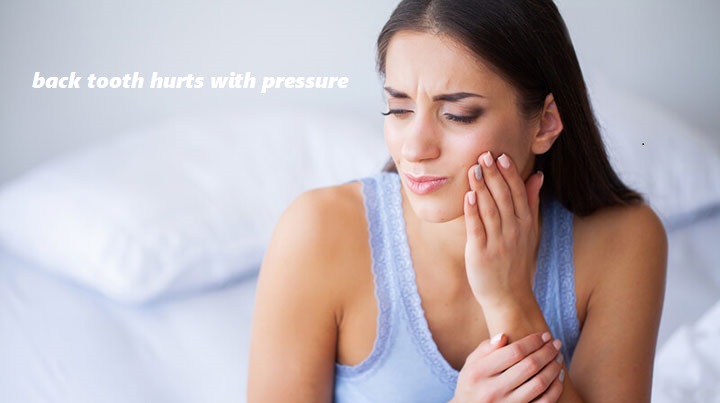
Related to read:
Best Oral Hygiene Practices For Optimum Oral Health.
Bruxism: Teeth grinding causes treatment and prevention.
How to keep your gums healthy and disease-free?
References
To ensure the information provided is accurate and up-to-date, the following sources were referenced:
- American Dental Association. (n.d.). Plaque and Tartar. Retrieved from ADA website
- Mayo Clinic. (n.d.). Dental Plaque. Retrieved from Mayo Clinic website
- National Institute of Dental and Craniofacial Research. (n.d.). Periodontal (Gum) Disease. Retrieved from NIDCR website
Why Does My Back Tooth Hurt When I Press It?
Pain in your back tooth when pressed can be caused by various dental issues. Here are some common reasons:
- Cracked Tooth: A crack in your tooth may not always be visible but can cause significant pain when pressure is applied. Cracks can result from trauma, biting hard objects, or grinding teeth.
- Tooth Decay: Cavities or decay can reach deep into the tooth, causing pain when pressed. If decay reaches the dentin or pulp, it can lead to increased sensitivity and discomfort.
- Gum Disease: Advanced gum disease (periodontitis) can cause the gums to recede and the supporting bone to deteriorate, leading to tooth pain and sensitivity when pressure is applied.
- Abscess or Infection: An abscess is a pocket of pus caused by a bacterial infection. It can occur at the tooth’s root or in the surrounding gum tissue, causing severe pain when touched.
- High Filling or Crown: If a filling or crown is not properly aligned with your bite, it can cause uneven pressure distribution, leading to pain when biting or pressing on the tooth.
- Sinus Pressure: The roots of upper back teeth are located near the sinus cavities. Sinus infections or inflammation can cause referred pain to these teeth, making them tender when pressed.
How to Stop Tooth Pain Fast?
Stopping tooth pain quickly involves both short-term relief methods and seeking professional dental care to address the underlying cause. Here are some steps to alleviate tooth pain rapidly:
- Over-the-Counter Pain Relievers: Non-prescription pain medications like ibuprofen or acetaminophen can help reduce pain and inflammation.
- Cold Compress: Apply a cold compress to the outside of your cheek near the painful tooth. This can help numb the area and reduce swelling.
- Salt Water Rinse: Rinsing your mouth with warm salt water can help clean the affected area and reduce inflammation. Mix 1/2 teaspoon of salt in a glass of warm water and swish it around your mouth for 30 seconds before spitting it out.
- Hydrogen Peroxide Rinse: A diluted hydrogen peroxide rinse can help kill bacteria and reduce pain. Mix equal parts of 3% hydrogen peroxide and water, swish in your mouth for 30 seconds, and spit it out. Do not swallow the solution.
- Clove Oil: Clove oil contains eugenol, a natural anesthetic. Apply a small amount of clove oil to a cotton ball and place it on the painful tooth for temporary relief.
- Peppermint Tea: Peppermint has natural numbing properties. Brew a cup of peppermint tea, let it cool, and use it as a mouthwash to relieve pain.
- Garlic: Garlic has antibacterial properties and can provide pain relief. Crush a garlic clove to make a paste, apply it to the affected area, or chew a raw clove for a few minutes.
- Elevate Your Head: When lying down, keep your head elevated to reduce blood flow to the affected area, which can help decrease pain.
How to Get Rid of Gases in Your Tooth?
Gas buildup in a tooth is typically a sign of an abscess or infection, where gas is produced by bacteria. Addressing this condition requires professional dental treatment. Here are some steps and treatments that may help:
- Antibiotics: If you have a dental abscess, your dentist may prescribe antibiotics to help clear the infection and reduce gas buildup.
- Root Canal Therapy: For infections within the tooth’s pulp, root canal treatment is often necessary. This procedure involves removing the infected pulp, cleaning the interior of the tooth, and sealing it to prevent further infection.
- Drainage: In some cases, your dentist may need to drain the abscess to release trapped gas and pus. This can provide immediate relief from pressure and pain.
- Extraction: If the tooth is severely damaged or the infection cannot be controlled, extraction might be necessary to remove the source of the infection and gas buildup.
- Good Oral Hygiene: Maintaining good oral hygiene practices can help prevent infections that lead to gas buildup. Brush and floss regularly, and visit your dentist for routine check-ups and cleanings.
How to Stop Nerve Pain in Tooth at Night?
Tooth nerve pain at night can be particularly troublesome and disrupt your sleep. Here are some strategies to manage and reduce nerve pain:
- Over-the-Counter Pain Relievers: Taking an over-the-counter pain reliever like ibuprofen or acetaminophen before bed can help reduce pain and inflammation.
- Cold Compress: Apply a cold compress to the outside of your cheek near the painful tooth before going to bed. This can help numb the area and reduce swelling.
- Elevate Your Head: Keep your head elevated while sleeping to reduce blood flow to the affected area, which can help decrease pain.
- Clove Oil: Apply a small amount of clove oil to a cotton ball and place it on the painful tooth before bed. Clove oil contains eugenol, which has natural anesthetic properties.
- Salt Water Rinse: Rinse your mouth with warm salt water before bed to reduce inflammation and clean the affected area. Mix 1/2 teaspoon of salt in a glass of warm water and swish it around your mouth for 30 seconds before spitting it out.
- Peppermint Tea: Brew a cup of peppermint tea, let it cool, and use it as a mouthwash before bed. Peppermint has natural numbing properties that can help reduce pain.
- Hydrogen Peroxide Rinse: A diluted hydrogen peroxide rinse can help kill bacteria and reduce pain. Mix equal parts of 3% hydrogen peroxide and water, swish in your mouth for 30 seconds, and spit it out. Do not swallow the solution.
- Avoid Trigger Foods: Avoid foods and beverages that can trigger tooth pain, such as hot, cold, sweet, or acidic items, before going to bed.
- Consult Your Dentist: Persistent nerve pain requires professional dental care. Visit your dentist to determine the cause of the pain and receive appropriate treatment, such as a filling, root canal, or extraction.
Conclusion
Tooth pain, whether caused by pressure, gases, or nerve issues, can be debilitating and requires both immediate and long-term solutions. Understanding the causes and employing effective at-home remedies can provide temporary relief. However, professional dental care is essential for addressing the underlying issues and ensuring lasting comfort and oral health. If you experience persistent or severe tooth pain, consulting with a dentist is crucial for proper diagnosis and treatment.
4o






